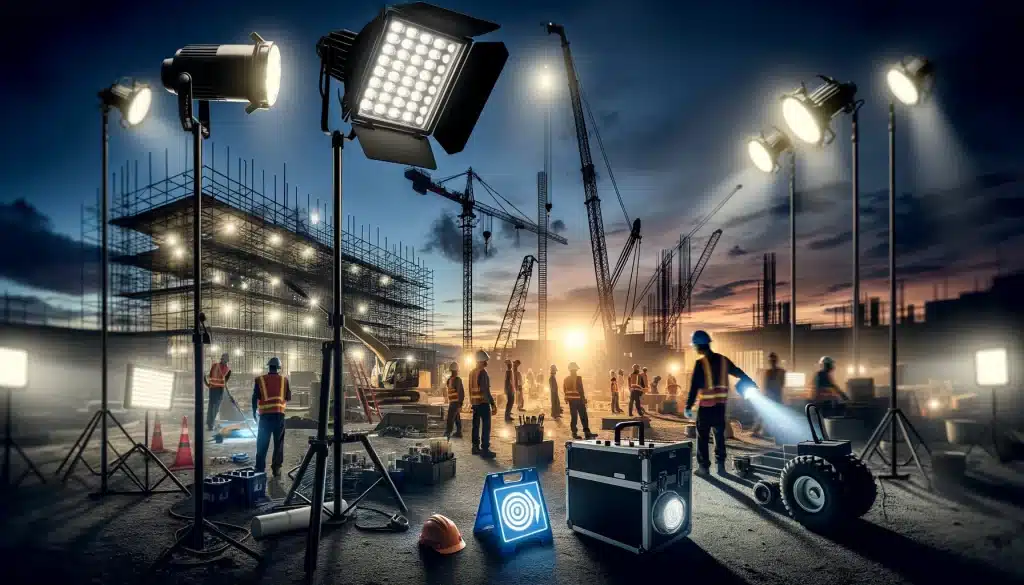
Welcome to Tally Ho Lighting
Welcome to Tally Ho Lighting
Switching to LED lighting is a bright idea for your wallet. Not only are LED lights energy-efficient, but they also last longer than traditional bulbs, which can lead to significant savings over time. In this article, we’ll delve into the technology behind LED lighting, the cost savings, the environmental impact, government incentives, and how you can make the switch.
LED stands for Light Emitting Diode. Unlike traditional incandescent bulbs which produce light by heating a filament, LED lights produce light through a semiconductor. This fundamental difference in technology leads to the many benefits of LED lighting.
LED lights pass current through a semiconductor, which then emits photons (light). This process is far more efficient than the process used in traditional bulbs, which waste a lot of energy as heat.
One of the biggest advantages of LED lighting is the reduction in energy bills. LED lights consume up to 90% less power than incandescent bulbs. This drastic reduction in power usage reduces your energy bills significantly.
LED lights last up to 25 times longer than traditional bulbs. This longevity means fewer replacements and hence, less spending on new bulbs.
With a longer lifespan, the maintenance required for LED lights is significantly less compared to traditional lighting solutions. This is especially beneficial in commercial settings where maintenance costs can add up quickly.
Switching to LED lights is a simple yet effective way to reduce your carbon footprint. Due to their energy efficiency, LED lights emit less carbon dioxide compared to traditional bulbs.
Unlike fluorescent lighting which can contain hazardous materials like mercury, LED lights are 100% recyclable and free from toxic materials. They also have a longer life span which reduces the need for frequent replacements, leading to a lower environmental impact.
Various government programs offer incentives and rebates for those who choose to switch to energy-efficient LED lighting. These incentives can help offset the upfront costs associated with making the switch.
While the initial investment in LED lighting might be higher than traditional lighting, the long-term savings are substantial.
The return on investment from switching to LED lighting comes in the form of lower energy bills, reduced maintenance costs, and various government incentives.
Transitioning to LED lighting is a simple process. It involves evaluating your current lighting setup, finding quality LED products, and possibly consulting with a lighting professional.
Look for reputable retailers and brands when purchasing LED lights. Quality LED products will provide better light quality, longer lifespan, and ultimately better savings.
Switching to LED lights is an investment in both your wallet and the planet. With significant cost savings over time, reduced environmental impact, and various government incentives, making the switch to LED is a bright idea.
Share to :

Lighting the way to a brighter tomorrow, one space at a time
Copyright © All Right Reserved